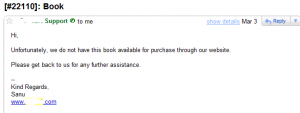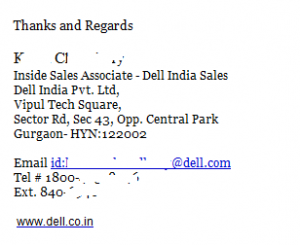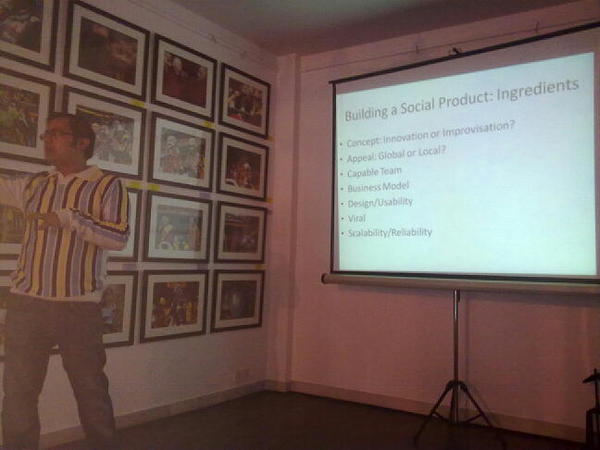Here’s a post I recently wrote for Shack’s blog.
I’ve been into the business of building web applications for a good part of my professional career. During this period(around 3.5 years) I’ve worked for a MNC, two start-ups and also started two companies on my own. A couple days back while thinking about some business it dawned upon that there are basically two types of businesses (guess you probably know this already) as far as my view point is concerned (Otherwise trading is also a business). If you are not working for someone else (basically a job) and doing your own thing you are either
- Building a product (A website, a facebook app or something else for Ex: Kwippy)
- Providing a service ( Social Media Marketing, Website design/development, SEO or something else for ex: Dial-a-Book)
- Mix of both (for ex: Shack Companis)
These two kinds of businesses (product and service) have almost equal scope when it comes to growing big, becoming popular etc. However what’s interesting is what it takes to get them to that level. I’ve been on both sides of the line that separates a product business and a services business. I’ve build a product and am now building a service . Kwippy and Dial-a-Book are as different a business as they can get. While Kwippy was all about building a web product from India that had a global appeal, Dial-a-Book is a over the phone service that’s aimed at the local/domestic market(for now at least).
If you think about it product and service based businesses require way different inputs and take way different life forms once they start to grow. I’ll attempt to explore those differences and what we can do to leverage/optimize them
Product Vs Service Based Businesses:
1) Starting Capital: Product based businesses on an average require more capital to startup than the service based businesses due to the raw material and infrastructure needed. While web products don’t require as much starting capital, services will more often than not be relatively cheaper
2) R&D: Irrespective of the line/domain in which you are building a product, you’ll need to spend considerable amount of time as a team or as an individual to understand what’s been done before, what’s not been done, latest technologies involved, costs, maintenance and other issues. While (most) service based businesses don’t need to think as much(it’s a plus if they do) before starting up.
3) Time to go Live: Product based businesses by their sheer nature will take longer time to go live as compared to almost no-time to launch for a service based business. Essentially a service based business is live from the minute the founder(s) decide to start.
4) Business Development/Marketing: How good a services based business will do depends significantly on the founders interpersonal/selling skills the same gets tough for a product based business. For a product based business you need to have the product right, you need to make it easy to find and spread(viral) and market it in a completely different way.
5) Technology/People Balance: I kinda feel that after a while product based businesses are more dependent on the technology than the people as compared to the service ones. For a company that makes diapers for example, the machines, the processes, raw materials are an important bit and once the basics are taken care of it can run without as much involvement on the founders part. However for a services based business, say a consultancy service started by 5 guys with a finance background the business depends a lot on the people. Even when the organization grows big it will be known/trusted for the few names of smart/senior guys and once they leave for some other company, the clients might just follow them to their new home.
These are some of the differences I could feel and keeping them in mind I feel one might be (slightly)better of choosing the kind of business they want to do depending on their personality/skill set etc.
Guess you know what I mean, if not drop in a comment and we’ll take the discussion forward.
Link to Shack’s post: http://shackcompanis.com/post/1521371790/service-vs-product-business




 (Pic courtesy Gaurav Mishra)
(Pic courtesy Gaurav Mishra)


 The folks at Tata have a done a good job at building a beautiful website which experience wise is also good.
The folks at Tata have a done a good job at building a beautiful website which experience wise is also good.


 The blogosphere and indian media sites were inundated with ads for Tata Nano. The ads came in all shapes and sizes and were definitely noticed. Though not directly a part of marketing, it’s an important aspect of Nano’s promotional campaign.
The blogosphere and indian media sites were inundated with ads for Tata Nano. The ads came in all shapes and sizes and were definitely noticed. Though not directly a part of marketing, it’s an important aspect of Nano’s promotional campaign.